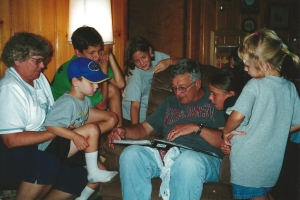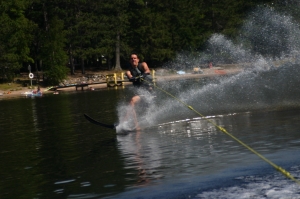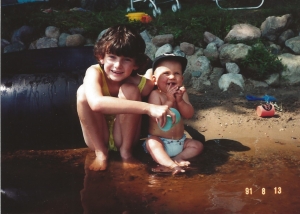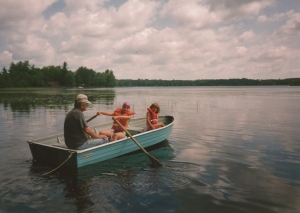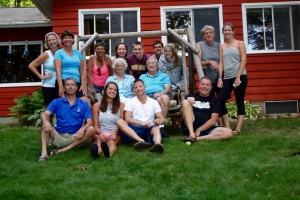 After retiring two years ago, the thing I miss most about teaching is the kids especially in September when it’s back to school time. Even on my worst days, students would say or do something to make me smile.
After retiring two years ago, the thing I miss most about teaching is the kids especially in September when it’s back to school time. Even on my worst days, students would say or do something to make me smile.
Once my adult daughter came to help me at basketball practice and when I introduced her to my young athletes one of them exclaimed, “Wow, you look just like your sister!”
Another time years before the age of retirement, my sixth grade student ran from the primary building to the gym. She loved PE.
“You look just like my grandma!” she blurted out with a huge smile of enthusiasm
Taken aback for I never considered myself the age of a grandma, I foolishly asked,
“Really? How old is your grandma?”
“Seventy-five like you. Tall and fit. And she still plays basketball every week.”
Go, granny go.
I burst out laughing. Should I be insulted that she saw me as old enough to be a granny or proud to know she considers me fit enough to still play my favorite game?
Another day a graduating student told me she remembers having me in first grade PE. Ah yes, in my early days at our school I had to teach every grade between year one and twelve.
I taught long enough to be one of the elders. When students I had in class returned to our campus to for student teacher training, I felt proud. This year one of my best student/athletes returned to school to teach and now coaches with me.
 Students also offer some of the sweetest gifts of appreciation.
Students also offer some of the sweetest gifts of appreciation.
One of my favorites was handmade – sort of. A boy gave me a plastic Scandinavian Airline travel pouch used by under age children when traveling unaccompagnied. In permanent black marker he wrote on the front of it – Old Timer Comin’ Through. Now every time I fly I carry my passport, glasses and blindfold in that bag on a lanyard around my neck. As I wait in the endless security check lines, I think of my former student – now at Cambridge – and chuckle.
Chalkboards are obsolete now replaced by white boards, electronic tablets and laptop computers. Over the years the means of communication changed immensely.
This one was one of the funniest notes from a student that I worked with in the learning support department, which became a safe haven for so many including me.
The way we connect may change, but the message remains the same. Teachers do make a difference. Every. Day.







